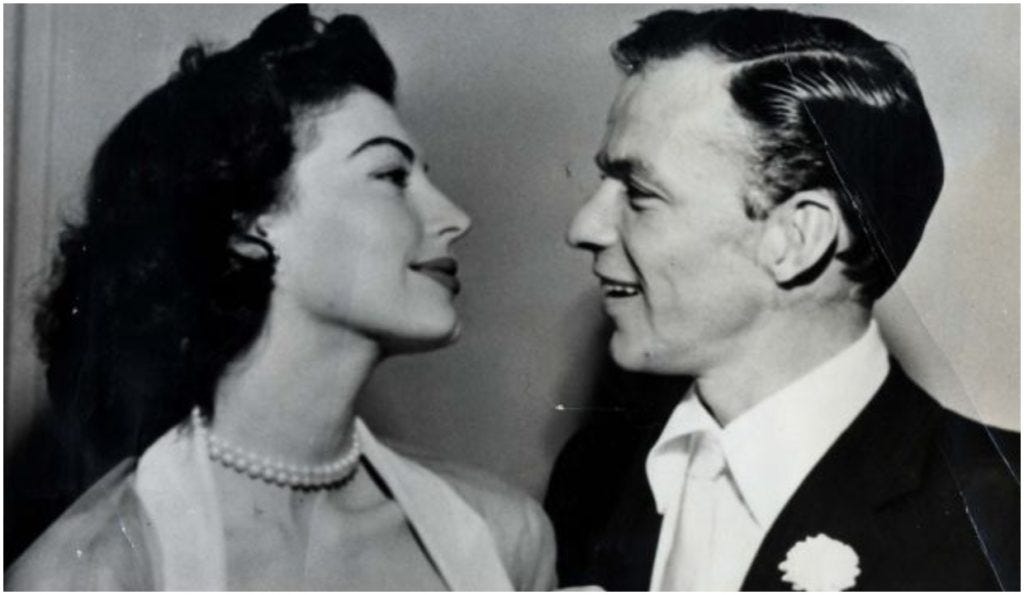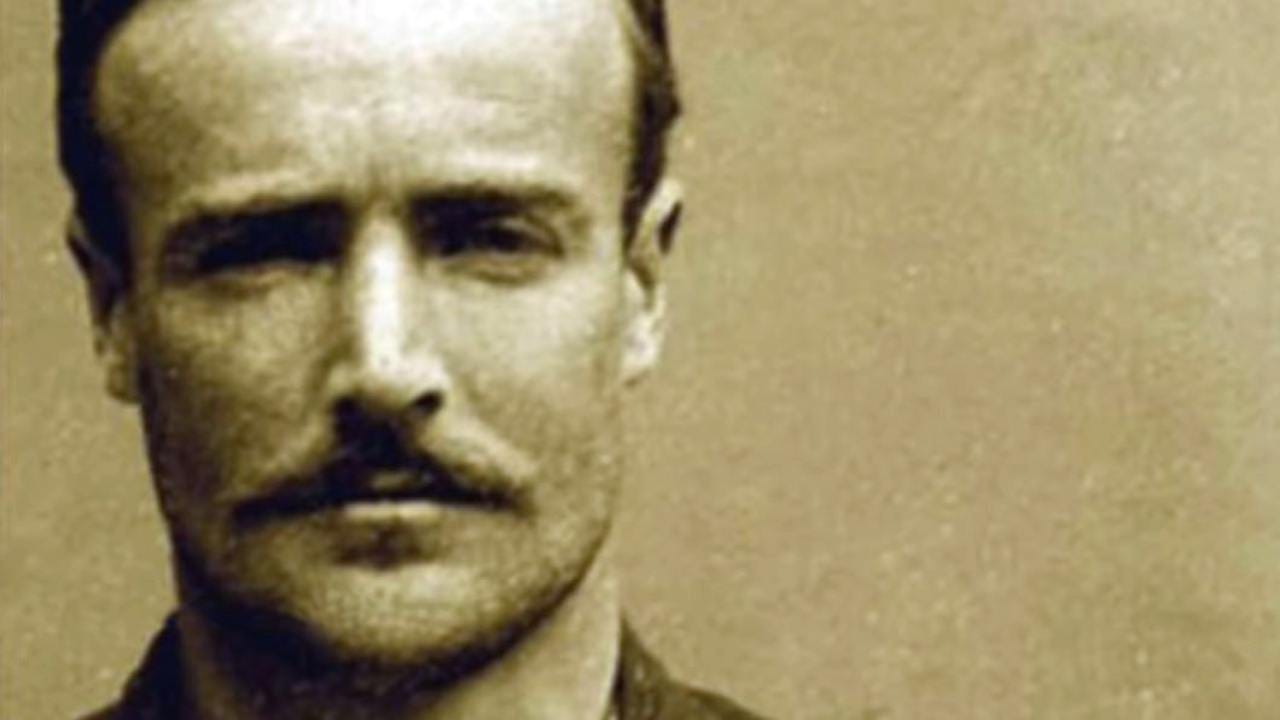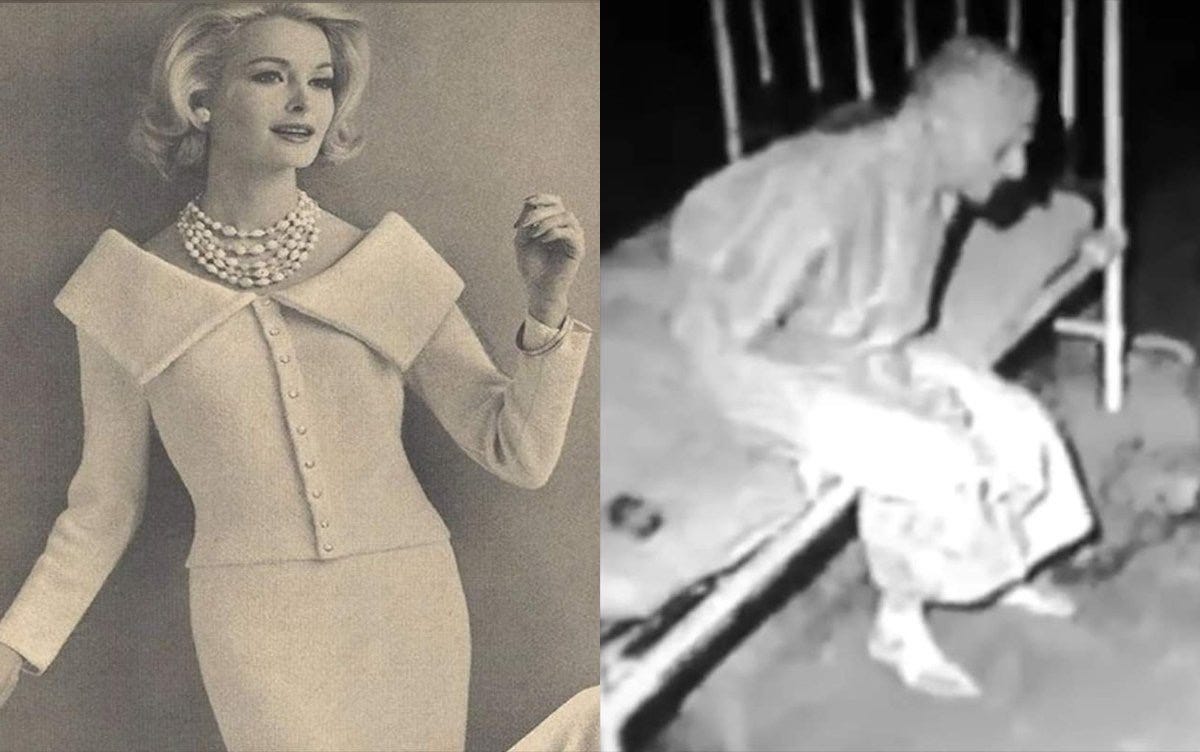History
Queen Philippa of Hainault a Black Queen to England
In 1310, Phillippa of Hainault was Queen to England. She ruled very successfully until 1369. So who exactly was this overlooked royal.
Is there a person on the planet who has not heard about the Meghan Markle interview? During it, she raised some serious issues about racism within the royal family. Whether you believe her or not, the royal family has a history of hiding royal descendants, that don’t fit the norm. Our present Queen had two disabled cousins that were hidden away from the press.
Is this attitude the reason many British people do not realise that Markle was not the first woman of colour to enter the royal family. In the 1300s, England had a black Queen, that few people know about.
The Arranged Marriage
Isabella of France was the estranged Queen to Edward II. In 1326 she needed a mercenary force to take the throne from her husband in favour of her son, Edward III. There was a price for this plot to succeed. To get the forces she needed to invade England, she arranged with Willem, Count of Hainault (Belgium), Holland and Zeeland in the Netherlands. In return for the Count aiding the invasion financially. Isabelle promised that her son Edward would marry his 12-year-old daughter, Phillippa of Hainault. That girl would become Queen of England.
This account of her from the Bishop, sent to report on the looks of the potential queen to her betrothed, asks many questions.
Her eyes are blackish-brown and deep. Her nose is fairly smooth and even, save that it is somewhat broad at the tip and somewhat flattened, yet it is no snub-nose. Her nostrils are also broad, her mouth fairly wide…….. Moreover, she is brown of skin all over, and much like her father; and in all things, she is pleasant enough, as it seems to us
Her family connections reveal someone at the heart of Europe’s aristocracy. She was born around February 1314, probably in her father’s capital of Valenciennes. Her mother was Jeanne de Valois, the sister of King Philip VI, the first of the Valois dynasty, who ruled France from 1328–1589. Philippa’s younger brother, Willem, was their father’s successor as Count of Hainault, Holland and Zeeland. The description of her from childhood references her dark complexion. She was said to have black Moorish ancestry and genetically looked like the darker rulers from the race.
A Queen of the People
She arrived in England, Christmas 1327 and married Edward in January 1328, he was 15 she was 14. Isobella wanted to keep the power for herself and the royal couple started to feel suffocated. In 1330 the teenage King overthrew his mother and held her under house arrest. He then granted Phillippa her own lands, something that should have occurred earlier. At sixteen she gave birth to their first son, Edward of Woodstock, known as the Black Prince. Together they would go on to have another 13 children. However, she became so much more than a wife and a mother. She became an integral part of English power. She became her husband’s political advisor and on more than one occasion ruled as Queen regent in his absence.
The St Albans chronicler Thomas Walsingham called Philippa of Hainault “the most noble woman.” Froissart wrote that she was “the most courteous, noble and liberal queen that ever reigned”. The chancellor of England stated: “No Christian king or other lord in the world ever had so noble and gracious a lady for his wife as our lord the king has had.” The girl who was exchanged for ships and soldiers had overcome the odds and blossomed into one of England’s finest and best-loved queens.
One of the outstanding innovations Queen Philippa encouraged was industry. Hailing from the Low Country, she knew about weaving. She had Flemish weavers immigrate to England and practice their specialized trade in Norwich, visiting and taking an interest in their work. She also allowed mining to start on her lands.
The Strength of the Couple.
Despite the 100 years war, involving members of her family against the British monarchy, Phillippa backed her husband and supported his assault. She would even rule in his absence. These were tumultuous times. The war being between France and England. It was a bitter conflict over lineage and land claims. Her son, Prince Edward, led English armies to victory at the famous battles of Crecy and Pontiers. Phillippa had enough influence though to persuade the King to spare the lives of the Calais townsfolk after the Siege of Calais in 1347.
Although she had married a stranger in exchange for military aid, the couple grew strong together and became one of the most loved royals in the medieval era. Many royal marriages during similar times, had faced much opposition. The War of the Roses in the 15th Century is an example of this.
Phillippa had learnt from her mother in laws mistakes. For 4 decades interceding on her husbands behalf to open parliament and negotiate royal marriages. The couple were not good with money, but this didn’t stop them from having the love of their people. None of the aspects of her career was taken for granted. She was a loving mother who demanded that she was responsible for bringing up her fourteen children, a view that was unheard of in medieval times. Nannies and Governors were normally in charge of education and nurturing royal children.
The union lasted for many years until in 1358 Phillippa fell from her horse whilst hunting and suffered a broken shoulder. She lived for her last eleven years in agonising pain. She died in 1369, aged 55, in Winsor Castle.
Why is Phillippa Ignored
A couple this popular in history should be honoured and celebrated, yet little is known about them. She is described as being popular with the English people. However, she has been lost in the history books. If she is mentioned she is described as white, as shown in the photo for this article.
When you look deeper into Philippa though, there are several places where the image of a blond hair, a fair-skinned woman is completely false. This misinformation is not solely with regards to her, Edward IV her son, has a similar story. It was reported that he was known as the Black Prince, because of his dark coloured armour. Could it have been because his skin tone was black?
British history is littered with similar cases to this one. Mary Seacole a woman as influential as Florence Nightingale, was almost ignored for many years for her contribution to nursing. These were the times that society lived in, now we should move forward and ensure that these amazing black people in history get the recognition that they deserve.










